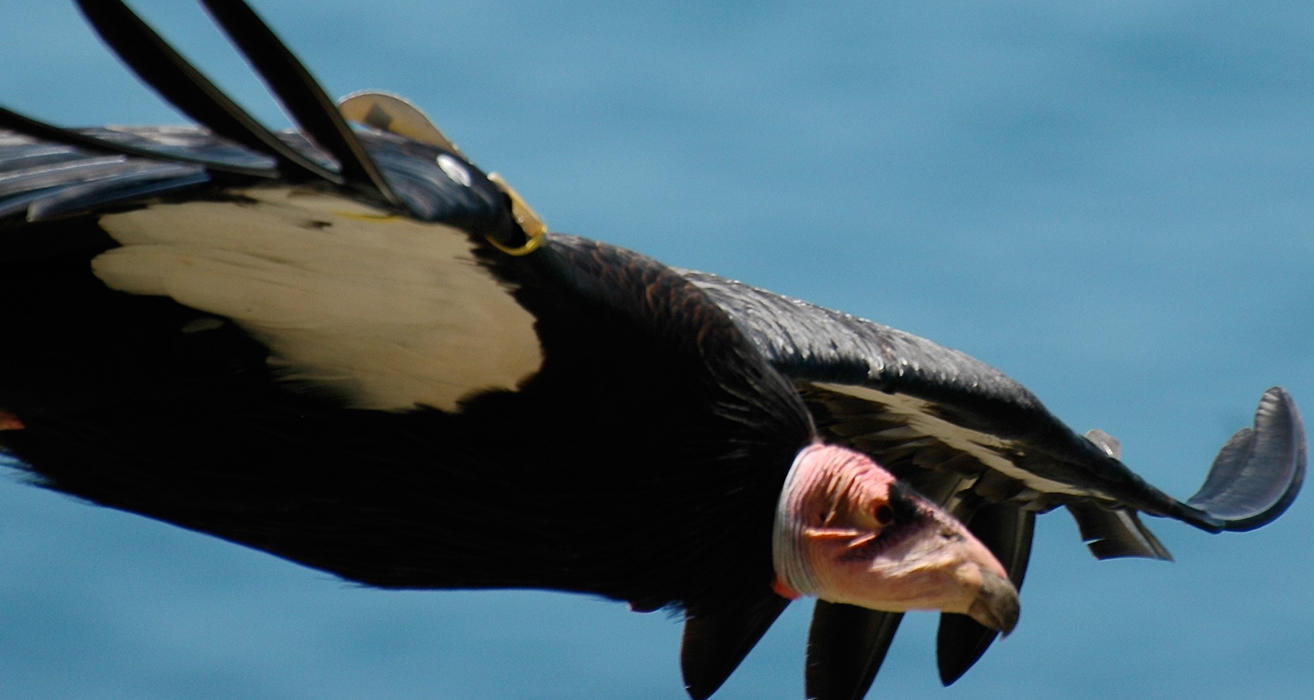
On its last day, the Obama Administration ordered one of its most important environmental protections, phasing out lead ammunition and lead fishing tackle on all federal wildlife areas by 2022.
Given the reaction from gun rights groups, and their history of fighting any action on this, the policy is sure to be controversial. It shouldn’t be.
This is yet another issue where California is leading, having passed a law in 2013 to phase out lead ammunition for hunting by 2019. Assembly Bill 711 was co-authored by current Assembly Speaker Anthony Rendon and State Sen. Richard Pan.
That law didn’t come without a fight. When I was in the State Assembly, I authored the first bills addressing these dangers, and saw them go down to fact-free lobbying from gun groups. We were ultimately successful in eliminating lead ammo in condor country through the Ridley-Tree Condor Preservation Act in 2008.
The dangers of lead to humans have been known, literally, for a thousand years, and the threat to wildlife from lead ammunition left behind in the environment has been documented for more than 100 years. The science on this is settled fact.
The first Bush Administration in 1991 banned the use of lead ammunition for waterfowl hunting because of large-scale impacts on duck populations. In the years following, more than two dozen states had some kind of law on the books that went beyond the federal restriction.
California’s 2013 legislation was sponsored by Audubon California, Defenders of Wildlife, and the Humane Society of the United States – which highlighted the dangers of lead ammunition for birds and other wildlife.
Lead shatters into hundreds of pieces when it hits game. Often, the pieces are invisible to anything but an X-ray machine. Bald Eagles, California Condors and dozens of other species that eat the meat left in the field by hunters die of lead poisoning.
This lead also gets on our dinner tables. Researchers from the Centers for Disease Control found that people who eat meat hunted with lead ammunition had higher levels of lead in their bloodstream. As our incoming president’s appointee to lead the Environmental Protection Agency just learned, there is no level of lead exposure that has been determined as safe for humans. We just covered this topic in Flint, Michigan.
One of the studies that drove the 2013 legislation in California was a letter signed by 30 of the top lead toxicity experts that said that lead ammunition poses significant risks for people and wildlife, and that it should be removed from use. These researchers agree that lead-based ammunition is likely the largest unregulated source of lead knowingly discharged into the environment in the United States.
Among the researchers signing this consensus statement was Philip J. Landrigan, whose research into the effects of low-level lead exposure to children in the 1970s led to bans on lead in gasoline and paint. It was Landrigan who established that even miniscule levels of lead could have disastrous effects on long-term health and brain development, particularly in children.
Opponents of the new federal policy will cling to a dangerous myth that we can live with a little lead in the wilderness, and that the lead in meat isn’t a problem for people.
That wrong-headed idea gains traction because lead ammunition is inexpensive and – in the words of those who cling to its use – “traditional.” The notion that a "little lead won't hurt you" hangs on because lead contamination is a quiet killer – crippling wildlife miles away from TV cameras and slowly poisoning people over a number of years.
Again, not a single reputable study supports that myth, and an abundance of studies say exactly the opposite: Lead ammunition left behind by hunters in nature, poses a serious threat to wildlife and to people.
Thousands upon thousands of hunters are already using nonlead ammo to protect the environment and their families. It’s easy to find and affordable.
The case against lead ammunition is closed. And our decision to stop its use ultimately wasn’t about tradition or convenience or cost – it was about doing the right thing.
Pedro Nava is a former Member of the California State Assembly and current Audubon California Board Member.
By Pedro Nava
A New Colony of Caspian Tern Decoys on Aramburu Island
Richardson Bay Audubon Center is attacting breeding pairs of Caspian Terns with these newly painted tern decoys—a strategy successfully used by previous tern relocation efforts.




